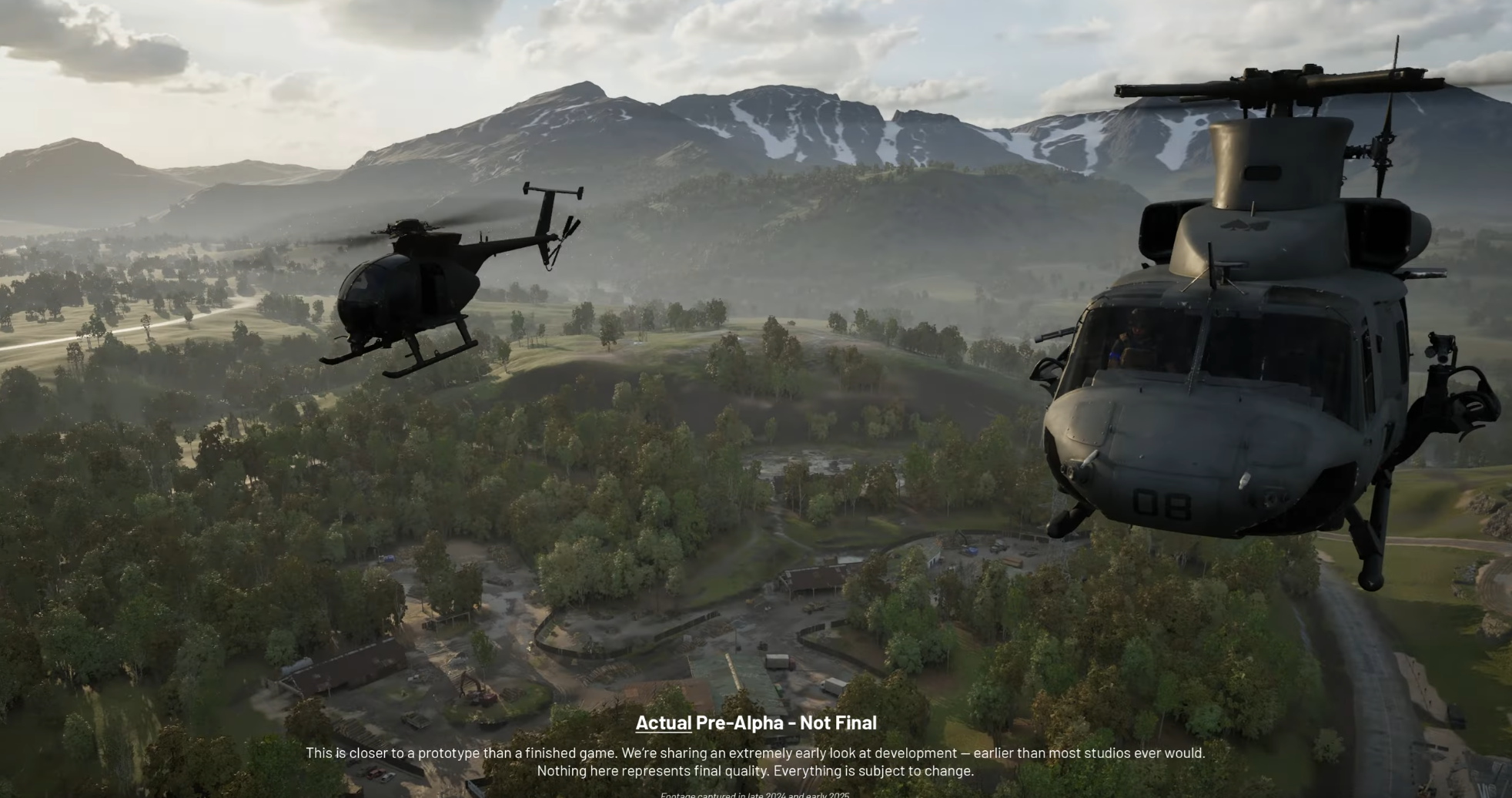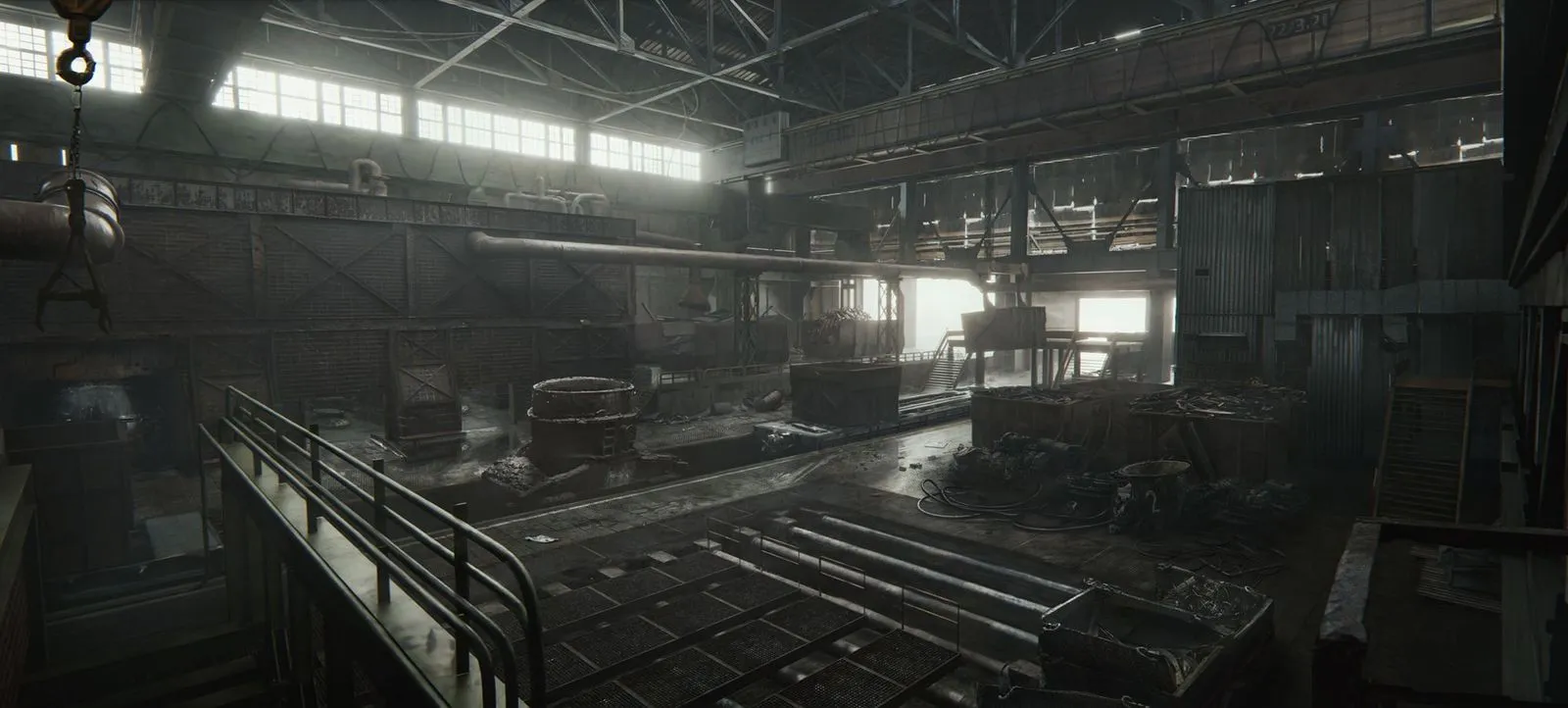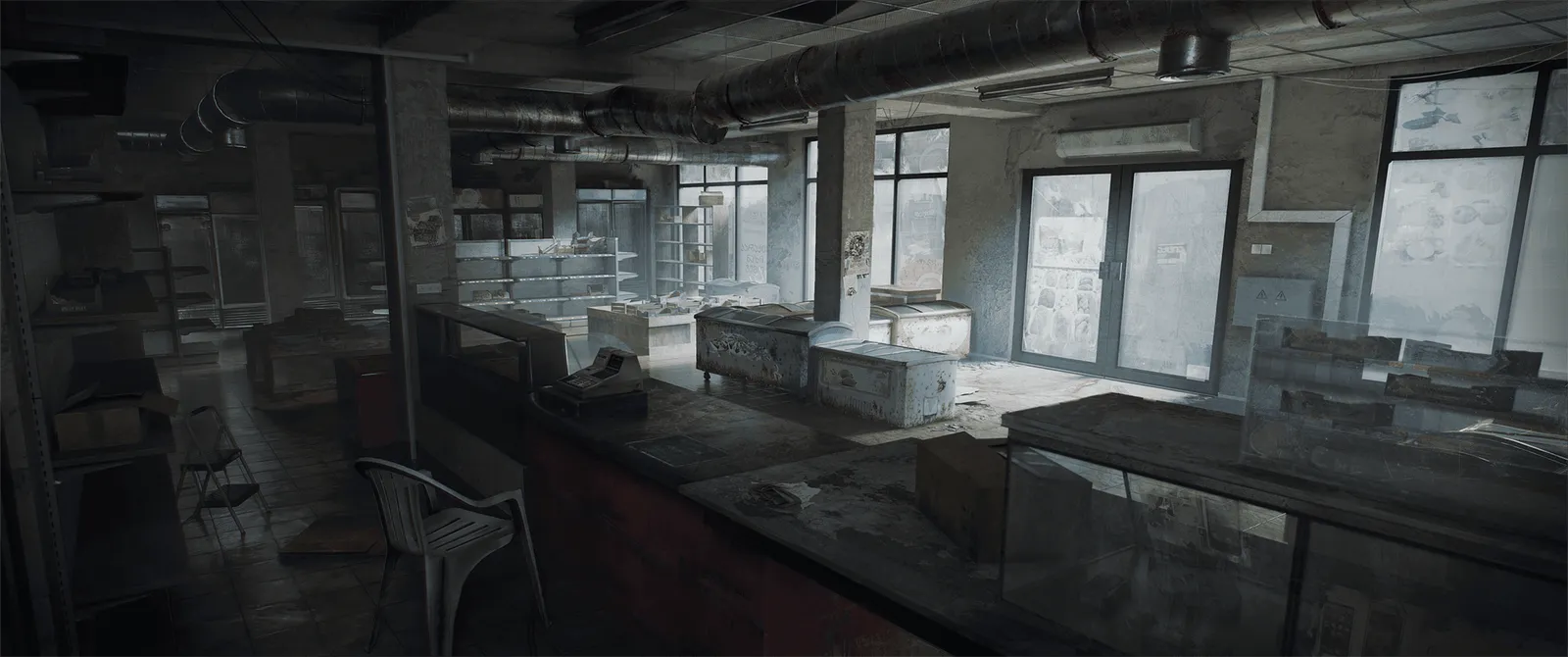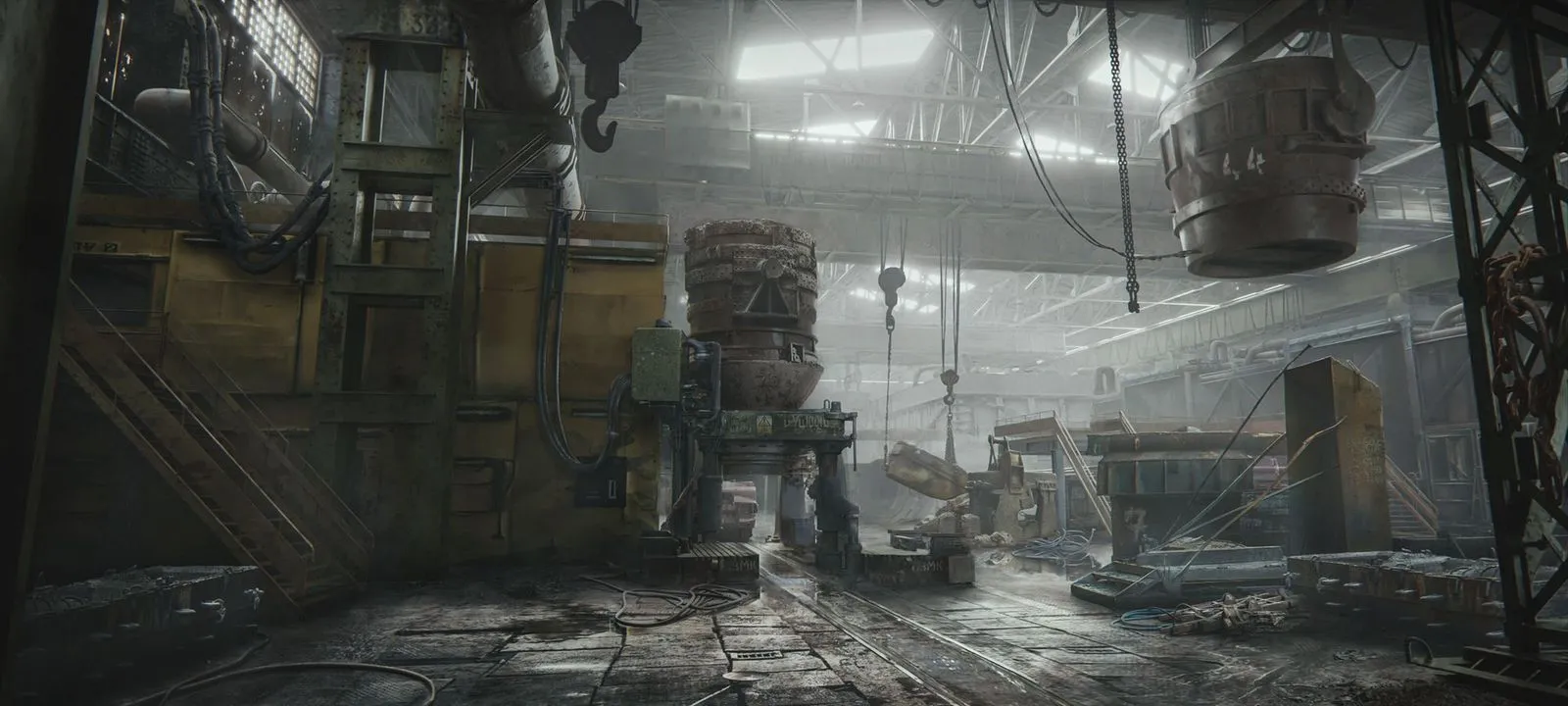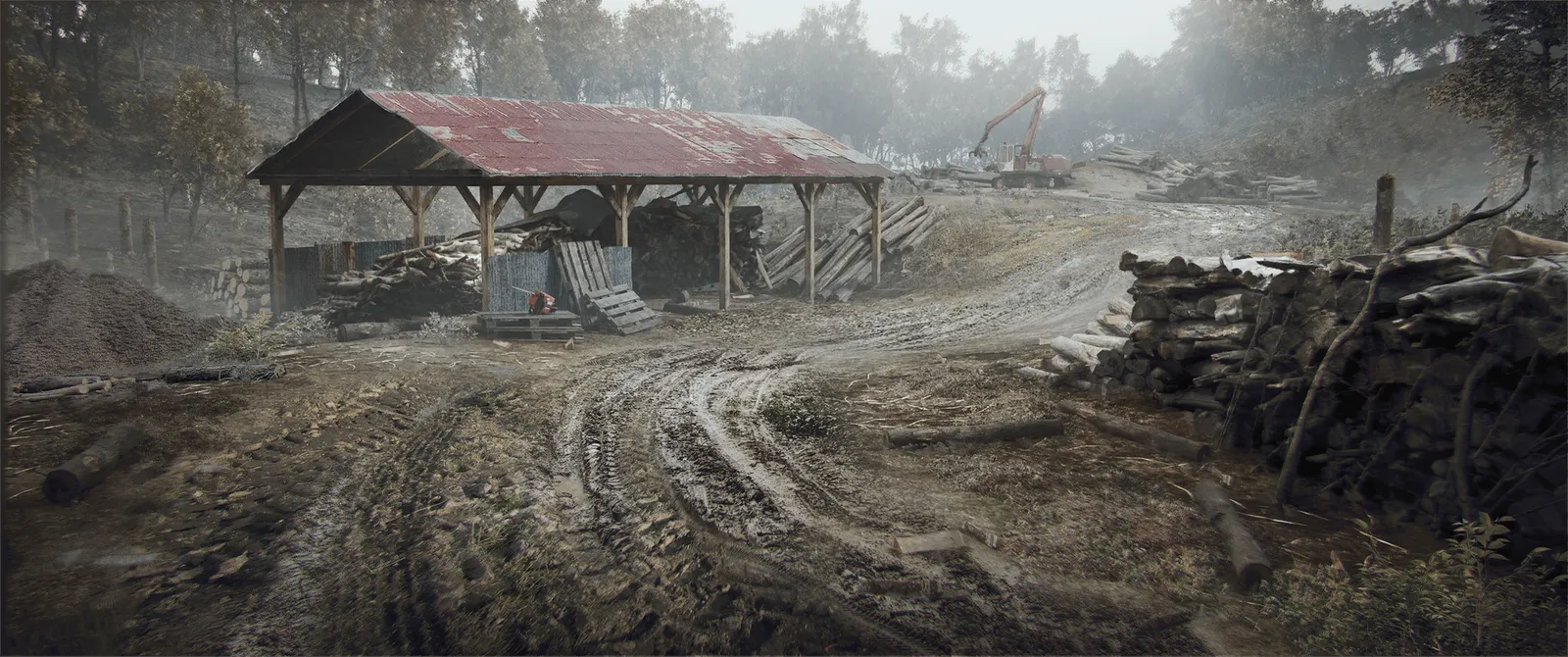
WARDOGS
100 players across 3 teams
vehicular fps
PC & Console
100+ person team
Unreal Engine 5
Currently there is no announcement trailer for WARDOGs.
Systems & Meta
As the system designer on Wardogs, I pitched and designed several key features.
Meta & Progression
We needed systems for meaningful player progression and retention that aligned with our core pillars and reinforced the gamemode flow.
I designed the underlying meta systems and game economy. This included…
The resources and currencies for the game. Their taps, sinks and values.
The resource system flows for the entire project.
Establishing feature motivational anchors and engagement frequency.
Lifetime and seasonal account value.
Evergreen and finite progression systems.
Monetization opportunities.
What is a system?
The word ‘system’ has a different meaning across industries and even studios.
On this website it means a ‘part of the game' like a player inventory, a battle pass, or character skills.
Systems Design
A major part of my job was helping define what Wardogs was. We had a game mode as our base and a desire to build a meta flow around it’s permanent death mechanic.
This involved designing the front-end meta and sessional economy, gameplay features, championing specific play styles and advocating for mechanics that facilitated positive social dynamics.
Resource Balancing
Over the last 3 years I balanced the persistent sessional economy for daily play tests of 70+ players.
Vendor Prices
Balanced vendor prices for over 100 weapons, vehicles and role items.
Buying and using items was the heart of the core game mode, so item pricing set the games pace and the stakes of dying.
I worked closely with the vehicle and gunplay designers to establish item hierarchies with the goal of creating meaningful pricing depth that allowed each play style to have it’s own power curves and aspirational items.
I balanced item prices bi-weekly with considerations for…
Purchasing metrics
Player performance and item usage metrics
Gameplay bugs
Development stages of each item
Balance passes of each item
Item role and power fantasy realization
Vendor flow ux
Reward Events
Designed and balanced over 500 gameplay reward events.
One of the core pillars of Wardogs was Play Your Way. This meant every play style needed to be profitable and one of the goals was to formalize unconventional play styles, allowing players to engage meaningfully with their team and the game’s meta flow without having to play traditional fps gameplay.
I designed the soft-currency system - the events for each play style that would reward cash and their calculations, the engine data table struct we stored those calculations on and used a custom import-export tool (thanks to tech design) to streamline changes to/from excel and the data table.
Creating reward type archetypes and consistent rules across all roles helped with scalability and a part of the resource system was establishing reward philosophies that reinforced positive social dynamics and rewarded risk.
Additionally the soft-current rewards doubled as the player’s action feedback on the HUD so I worked with UI and sound to establish which events were sent to the priority and secondary reward feeds to highlight the key actions for each role.
Analytic Events
“I want to know how many players…”
To balance the game’s economy we needed analytical data to make informed decisions. I received a lot of anecdotal feedback from play tests that I could check against the analytics.
I worked with programmers to design the underlying event system, what data we wanted to capture from each event and the universal struct we would use for the database to store it all.
I focused on modularity, reducing multiple events triggering for the same action and being able to reuse struct cells for different event data. Gameplay would trigger these events with contextual information to populate the database with.
Analytics and Dashboards
Used playtest data to validate design choices and economy balancing.
With the gameplay events capturing data, I created JSON queries in Grafana to scrape and transform the data to make usable metrics.
I used these metrics to..
Inform resource and item balancing changes, this was helpful to verify anecdotal feedback.
Check engagement rates for different items and mechanics. Creating starting points to investigate player behavior qualitatively.
Advocate for design changes and decisions to leads.
Evaluate the impact of design and economy changes by comparing metrics before and after changes.
Reduce the need for QA to exhaustively test the economy system, instead we could identify outliers and focus on those.
Due to the sheer number of items, lack of formal roles, players and lives per match, I moved away from player specific metrics towards aggregated percentiles that focused on per life performance. This direction helped accommodate for the highs and lows of each life and understanding performance ranges over a full match.
Design frameworks and tools
Improving design processes and team efficiency.
The Interaction Matrix
“What happens if the player tries to jump while reloading?”
All games have these questions and the decisions impact how the game feels. We had a desired feel for the game and needed to define our interaction behavior for hundreds of actions and create consistent pacing and behavior across the game. Working with programmers I designed an input priority system for player actions that defined..
Input and buffering priorities
Functionality trigger stages
Overriding and interrupting behavior
Edge cases
This framework was used to synchronize animation, design, audio and programming for thousands of action combinations over the project.
If our gameplay was the words on the page, the interaction matrix was the punctuation.
Item Archetypes
“I think right-click should self heal.”
To support the large range of play styles we needed to make a lot of gameplay items, each play style needed vertical progression and the programmers needed to support all of this desired functionality.
What sounds like a lot of unique functionality is actually quite modular, so to help the development team with this task I designed an item framework that defined..
Item archetypes with shared, inheritable mechanics and predefined Interactive Matrix values.
Mechanic templates to standardize design decisions.
Attribute modification functionality types for scalable balancing.
This helped increase the ideation speed for the design team and helped them think systemically. It also defined reusable, inheritable behaviors the programming team could build a modular system around.
Organization
Visited co-dev studios working on the project and on-boarded their team for systems I had designed they would be working on.
Created presentation slides for publisher presentations.
Wrote test plans with QA to test the event and reward systems.
Presented a meta overview to different coworkers within the studio during our company wide meta on-boarding.
Oversaw 3 tech designers as we implemented hundreds of reward calculations in blueprints for the initial reward system prototyping across a milestone.

